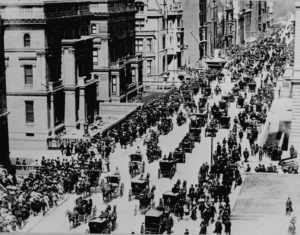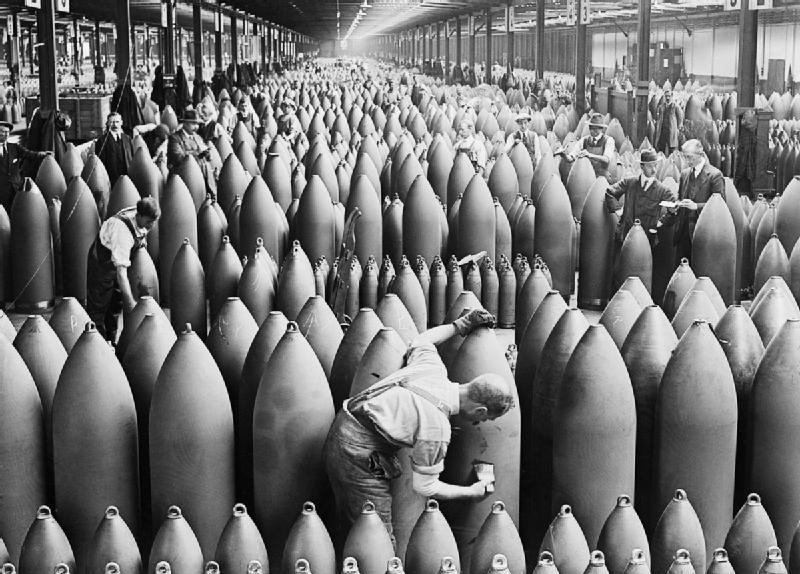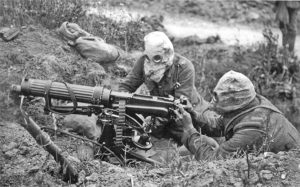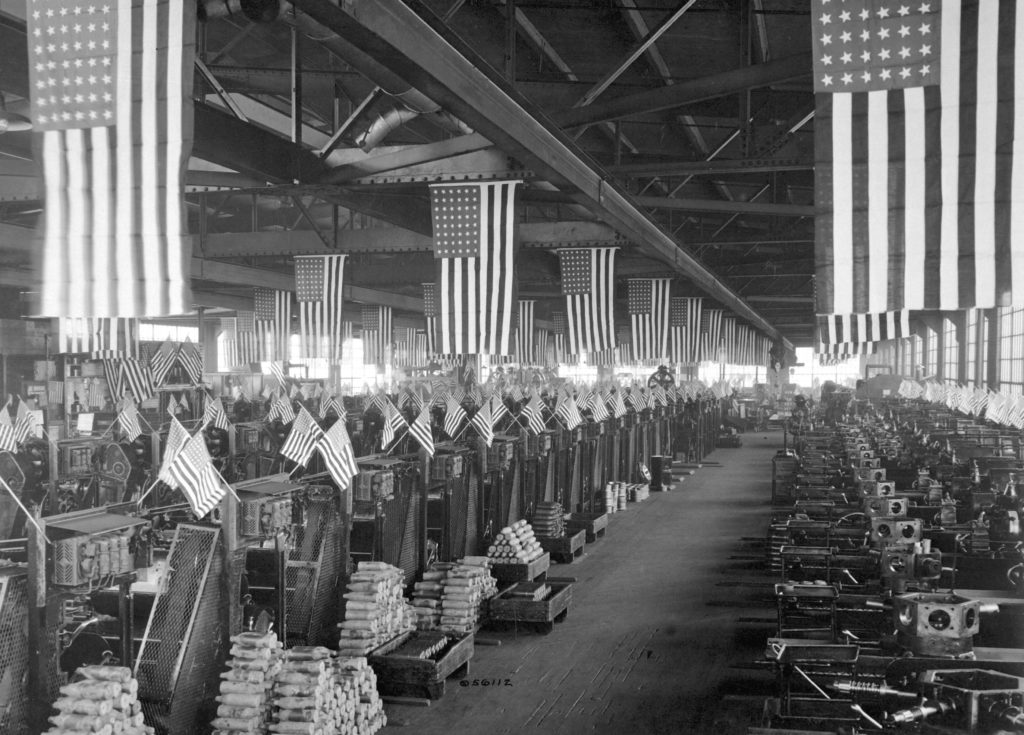 What does the Great War have to do with manufacturing today? When you consider the manufacturing growth, accomplishments, and advancements the First World War ushered in, it’s easy to see their connection — even 100 years later.
What does the Great War have to do with manufacturing today? When you consider the manufacturing growth, accomplishments, and advancements the First World War ushered in, it’s easy to see their connection — even 100 years later.
Before the war
The American Civil War, following so closely on the heels of economic gains sparked by the Industrial Revolution, devastated the U.S. economy. The late 1870s then saw an economic rebound so steep that Mark Twain later coined the phrase “The Gilded Age” to describe the staggering growth in industry and finance over the next 25 years. Rockefeller, Astor, Morgan, and Carnegie led this prosperity with staggering gains in oil, mercantilism and real estate, finance, and steel, respectively.
U.S. entry
Three recessions followed this period of prosperity, though, lasting until wartime buildup in 1914. Even though the United States didn’t enter the war until 1917, the country’s manufacturers benefitted from trade with countries already in conflict. Unemployment dropped to 1.4% as workers entered manufacturing factory positions to keep up with productivity demands.

Even as unemployment dropped, inflation ran rampant as prices doubled and wages stagnated, leading to multiple worker strikes. The federal government took control of key industries such as shipping, railroads, housing, insurance, banking, hydroelectric power, telegraphs, radio, and armament manufacturing — including Smith and Wesson — to counteract profiteering by industry barons. Seizure threats strongly encouraged other industries to fall into line.
Manufacturing impacts
Fortunately, manufacturing had progressed dramatically since the Industrial Revolution, making war production feasible. The internal combustion engine, diesel engine, and electric ignition paved the way for new modes of transportation such as locomotives, automobiles, motorcycles, zeppelins, airplanes, and helicopters, all of which could be armor-plated for war. Revolvers, machine guns, and torpedoes weaponized vehicles.
 Gas masks, metal helmets, and body armor protected troops.
Gas masks, metal helmets, and body armor protected troops.
According to the American History article, American destroyers evened the playing field between the British surface fleet and German U-boats. Telegraph, telephone, and radio technology enabled increased communication between the battlefield and commanders as well as facilitated informing civilians on the war effort.
Surprisingly, many technologies first manufactured during World War I — such as tanks, machine guns, flamethrowers, guided missiles, and aircraft carriers — are still in use today. Drones and air traffic control are two common technologies the government converted to domestic use after the Great War.
